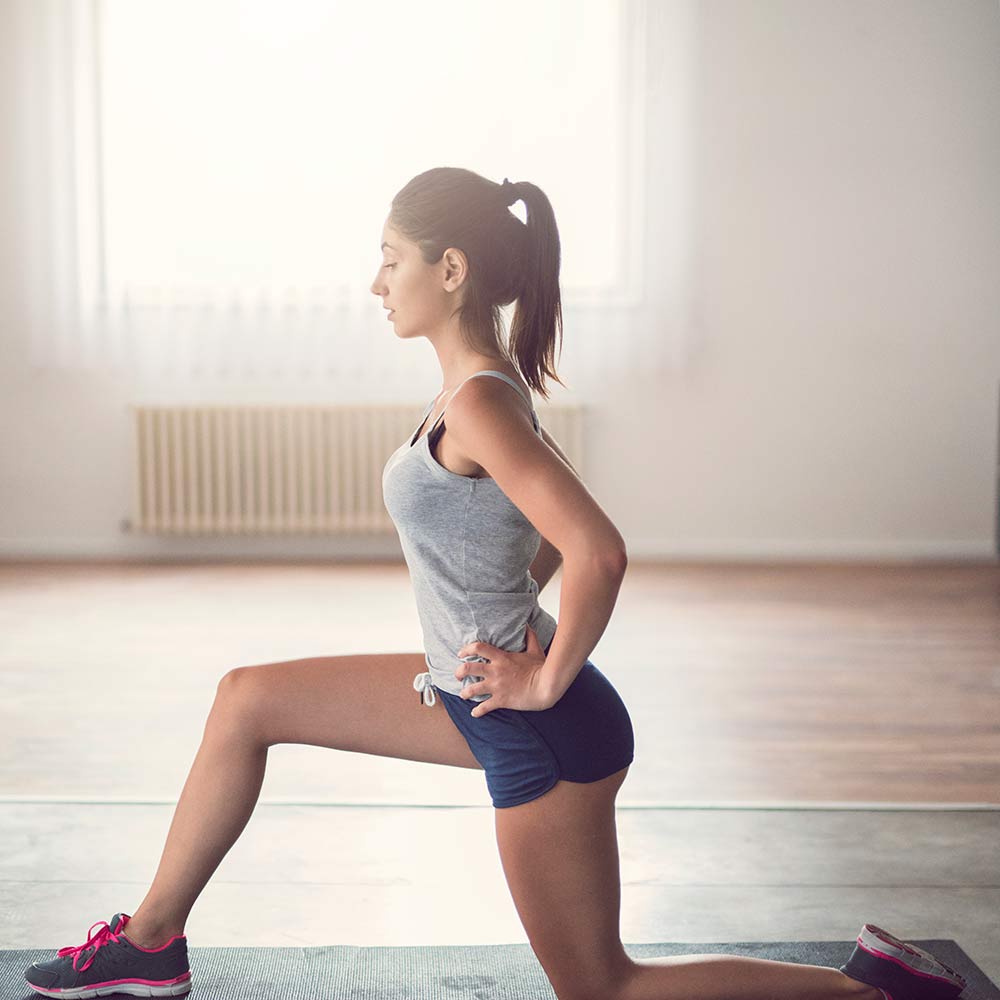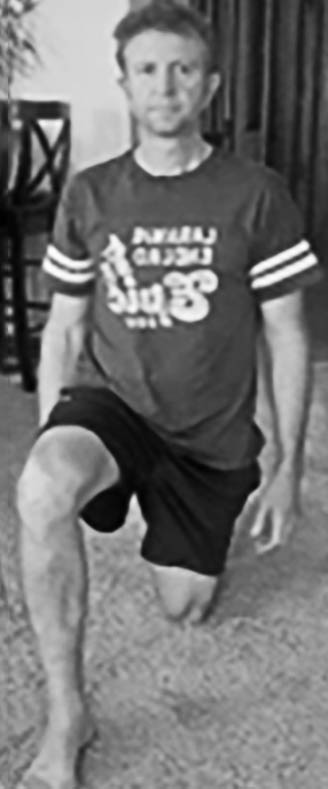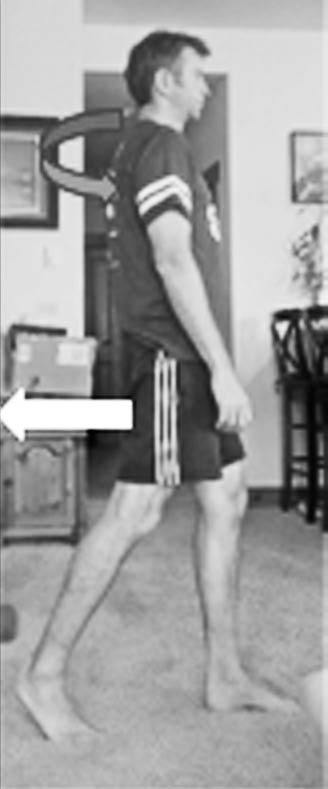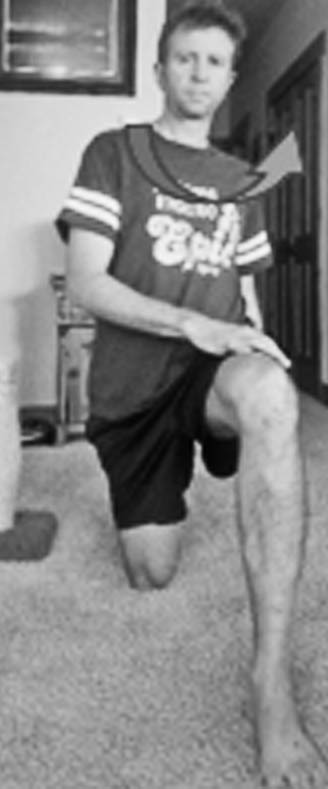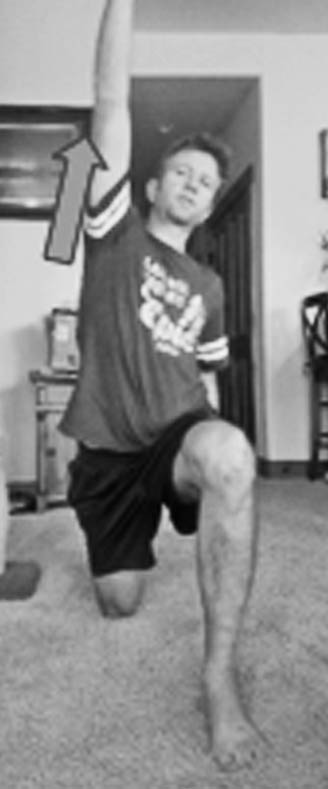Stretching is something all of us do throughout the day. Reflexive stretching occurs with yawning, standing up and arching your back, reaching behind to grab something, bending over to pick something up, etc. All functional activities consist of contraction with shortening of agonist muscles, and reciprocal elongation of the antagonists to control force and against gravity.
When stretching done consciously, it is often times not in functional movement patterns, therefore might integrate into daily, recreational, or athletic activities. In my 20 years of movement analysis as a manual therapist I have found maximal strength and flexibility occur when a region of the body moves in all three planes of motion to take up all the slack. Let’s look at how you can turn a hip flexor stretch into a stretch that is more functional.
The standard hip flexor stretch is performed in the sagittal plane (forward and backward) (fig 1), but when the hip flexor stretches with walking it does so with opposite trunk rotation and slight side bend to take up all the slack (fig 2). To make your hip flexor stretch (R) more functional, first add trunk rotation via the opposite shoulder (L) in the transverse plane. (fig 3), then add side bend (L) by reaching the same arm overhead to the ceiling in the frontal plane (fig 4). Finally, to mimic function, pass weight from the back to the front leg and elongate through the glutes. These principles of tri-planar movement can be applied successfully to any stretch!
Fig. 1
Fig. 2
Fig. 3
Fig. 4
Contact us to learn more and come in for an evaluation and custom fit integrated stretching routine.



